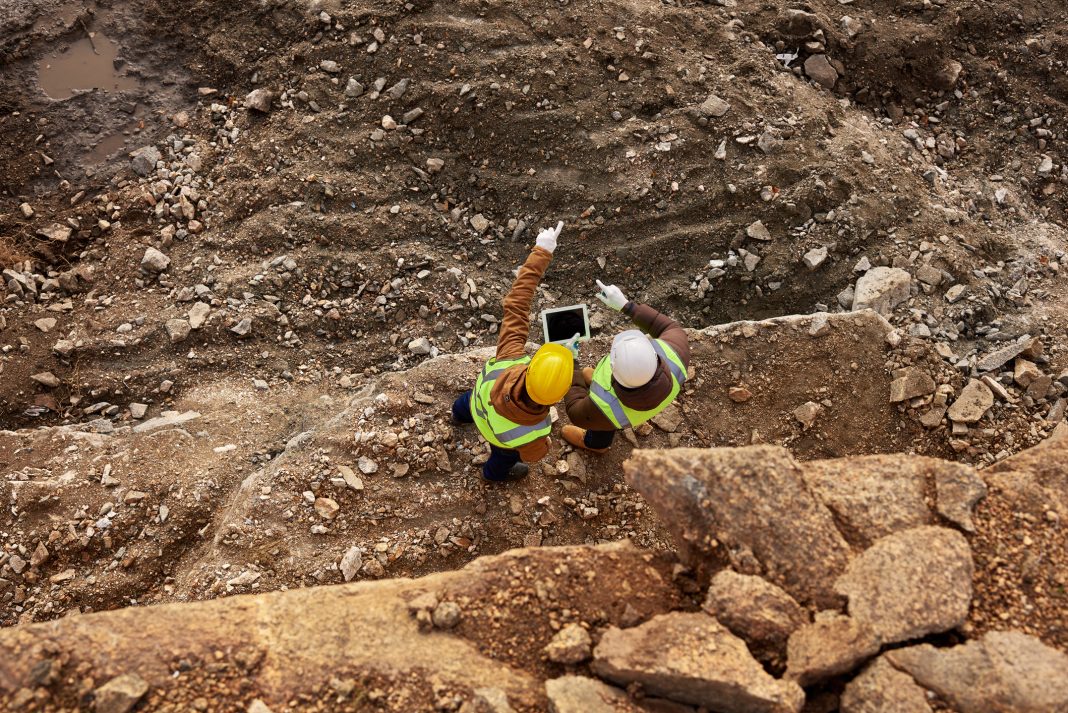If you’re not familiar with productive maintenance, don’t worry. Elecosoft has put together this five-minute introductory guide, which explores its benefits for construction businesses
Maintenance is no longer the simple break/fix model it once was. Companies are finding increasingly sophisticated ways to reduce performance disruptions and enhance overall equipment effectiveness.
To make matters more complex, they’re using multiple approaches to achieve this result.
One emerging maintenance model many companies are exploring is total productive maintenance: a holistic approach to increasing equipment availability and efficiency.
Why should construction businesses choose total productive maintenance?
What differentiates TPM from other approaches, such as preventative maintenance, is the strategy that lies behind it.
Firstly, everyone in the company is responsible for improving performance – not just technicians. The aim of productive maintenance is to eliminate accidents, breakdowns, defects and delays.
While facilities management teams may carry out much of the actual work to prevent these events, colleagues in other departments can help by reporting issues. Some tasks may also be assigned to machinery operators to enable a quicker response.
Secondly, TPM is built on a lean production methodology called the ‘5S principles’.
Anyone managing or operating machinery should carry out these five steps each day to enhance machinery performance:
Step 1: Sort
Check equipment, materials and other tools to see if any assets need to be repaired or replaced.
Step 2: Straighten
Order and align all equipment/components to prevent unnecessary movement that can cause wear and tear.
Step 3: Shine
Keep a clean and tidy work area to reduce the risk of accidents and dust/debris entering machinery.
Step 4: Standardise
Systematically plan and schedule work to maximise productivity and reduce unnecessary retooling/changeovers.
Step 5: Sustain
Undertake these steps every day to drive long-term efficiencies.
Initially, many companies use the 5S principles to reduce disruption and eliminate losses. However, over time, this lean production model can be used to improve equipment and process design and run smarter, more productive operations.
What are the benefits of improving productive maintenance?
TPM is a major commitment that often involves training more employees to service and repair machinery.
Very few companies adopt this approach on a whim. For those that do deploy a total productive maintenance strategy, however, there are several significant benefits:
Less equipment downtime
The aim of TPM is to maximise the time that machinery is running. When production uptime becomes a company-wide priority, equipment downtime levels decline.
Less unplanned maintenance
The biggest disruption to productivity is breakdowns.
Therefore, TPM is focused on repairing and improving equipment before it gets to the point of failure. Planned maintenance activities can be scheduled around production to cause the least disruption.
As a result, companies practising total productive maintenance tend to experience less unplanned maintenance than those who stick with a break/fix model.
Stronger safety records
Machinery failures aren’t just obstructive; they can lead to accidents and injuries. With TPM, better servicing levels result in fewer breakdowns, supporting a stronger workplace safety record.
The 5S principles also encourage employees to work tidily and methodically, which can improve health and safety standards.
Lower maintenance costs
Better overall equipment efficiency (OEE) rates will extend asset lifespans, meaning equipment needs to be replaced less often. This reduces the costs associated with machinery maintenance.
A preventative approach also helps maintenance teams to work more efficiently, increasing their value to your company.
Greater skills sharing
As TPM is a lean production model, often employees who had nothing to do with maintenance previously become trained to maintain and repair the equipment thy use. More skilled technicians means that problems can be fixed quicker.
Plus, if one engineer leaves your company, they are not taking an entire knowledge base with them.
Higher output
Improving machinery uptime and performance allows companies to run quicker and/or produce more goods, especially if regular maintenance activities are planned during quiet periods. This increases revenue and profitability and creates happy end customers.
How can companies introduce a total productive maintenance strategy?
The benefits of total productive maintenance are convincing, but many companies are yet to embrace this model. Why? Because they don’t have the technology in place to monitor OEE and prioritise maintenance requests.
To successfully introduce a TPM strategy, you’ll need to have a maintenance planning and management solution like ShireSystem by Elecosoft.
Our maintenance (CMMS) and facilities (CAFM) software is designed to help maintenance teams maximise equipment efficiency and availability.
ShireSystem is a scalable, combined CMMS/ CAFM software system
With ShireSystem, every asset is inventoried and managed centrally for a complete, paperless record of all your maintenance requirements.
Your preventative maintenance tasks can be scheduled in advance, triggered either by date, usage hours or equipment condition.
Planned work requests can also be integrated with reactive maintenance requests to ensure that your most urgent and disruptive tasks always take priority.
Moreover, ShireSystem is intuitive-to-use, meaning machinery operators and your colleagues in non-technical roles can access the software and contribute to TPM rates.
All technical documents are stored within ShireSystem, giving operators direct access to the instructions they need to maximise the performance of their equipment.
ShireSystem also allows your company to set, monitor and analyse maintenance KPIs to prove the tangible difference TPM is making to your operations.
Helping you to secure senior-level buy-in for this long-term, sustainable maintenance model.
Book your free ShireSystem demo to introduce a total productive maintenance model to your company today!














